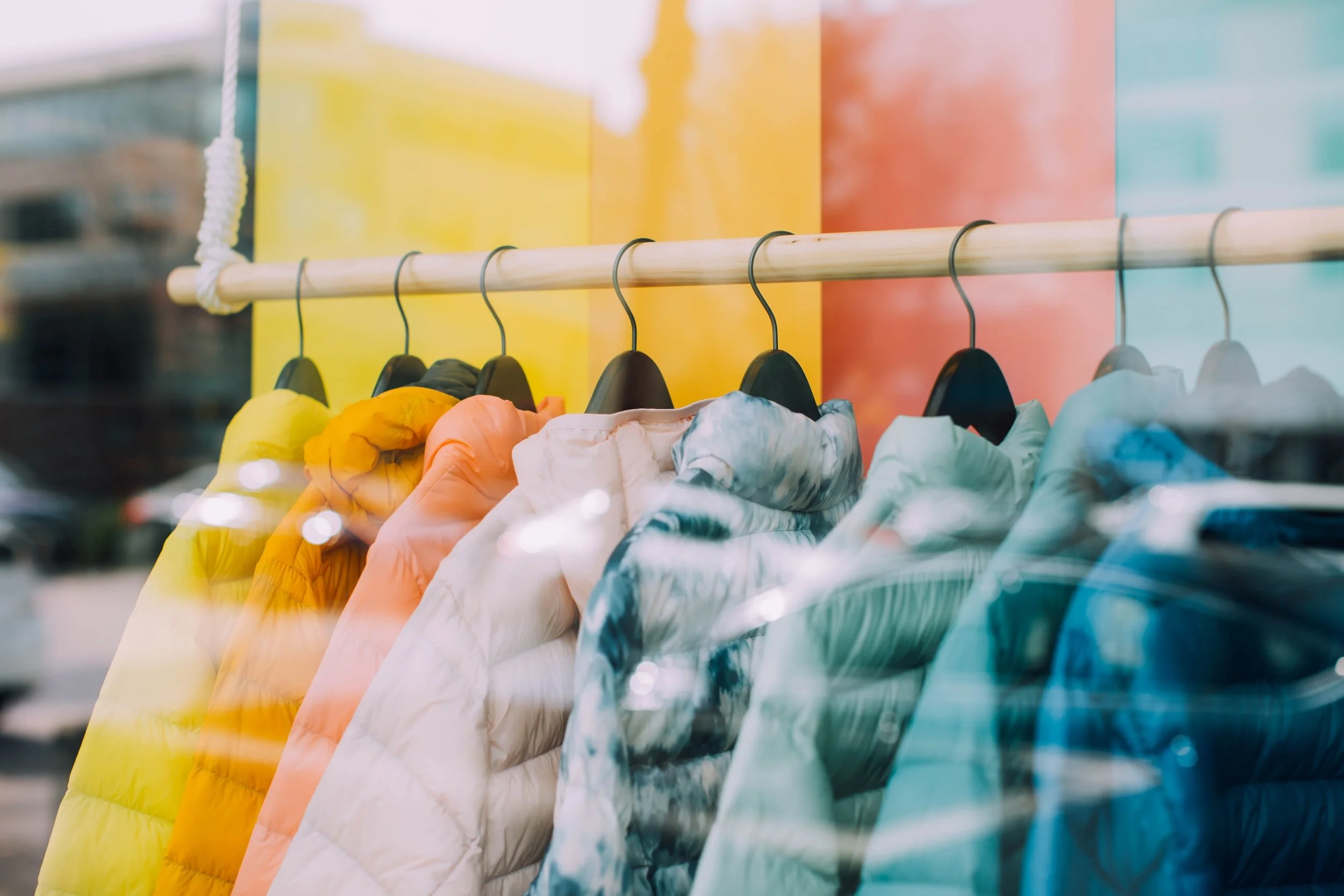How Pandemic Shopping Behavior Impacts Clothing & Apparel Marketing Strategies
By John Tyreman
The holiday season can make or break many small to mid-sized retailers, especially the clothing and apparel industry. In 2020, retailers found new ways to deliver products to consumers, turning to ecommerce and digital marketing to drive sales.
But with restrictions easing and a return to normal seems within reach, what pandemic shopping behavior will stick in 2021?
Silverback Strategies polled 1,048 consumers between Christmas and New Year’s Day about their holiday shopping behavior. The survey’s research report provides a unique look at how shoppers purchased gifts during the global pandemic. This article will take these findings further, and show the relevance to clothing and apparel stores.
Consumers today expect a seamless user experience. For retailers, that experience includes both physical stores and online. Friction on either channel can leave revenue on the table.
Consumers Felt Safe Traveling to Stores Despite Pandemic
The allure of ecommerce is strong, but clothing and apparel stores should be cautious not to pursue ecommerce at the expense of driving in-store foot traffic. The study showed 76% of shoppers traveled to a physical store location during the pandemic. Of this group, nearly 80% made an in-store purchase.
The efforts of retailers making in-store shoppers feel safe during the holiday season paid off. More than 50% of shoppers said hand sanitizers, mask policies, and social distancing reminder signs helped them feel safe. This was true across demographics, as two-thirds of Baby Boomers—the most at-risk generation group—traveled to a physical store location during the holiday season.
Consumers Value the Convenience of Online Shopping
Consumers have come to expect the ability to purchase just about any product online and have it delivered to their home. While an impressive 76% of shoppers visited a physical store during the pandemic, more than 83% bought gifts online.
Fear of contracting COVID-19 was a major reason why online-only shoppers did not visit a retail location, but the virus shouldn’t get all the credit. Nearly 50% of online-only shoppers said online shopping was more convenient. Additionally, more than half of consumers who made an online purchase said they visited a retail store website.
These findings suggest many consumers have become accustomed to the ecommerce model, making it feel more natural to interact with retail stores online. However, consumers have high expectations. When they visit a retail store website, they want to browse inventory, make purchases, and have the option to select a range of ways to acquire products.
According to the study, 37% of consumers who traveled to a physical store took advantage of buy-online-pick-up-in-store (BOPIS) and another 30% acquired gifts via curbside pickup.
Because consumers have different preferences and interact with stores in a variety of ways, store websites should make it easy for consumers to navigate and make purchases how they prefer.
Retail Stores Influence Online Purchase Behavior
Findings from the study suggest “purchase intent,” or how likely a buyer is to consider a purchase at a given time, was higher in-store than online. Yet despite higher purchase intent at stores, an incredible 45% reported purchasing a product online after they saw it in a retail store. Clothing and apparel was the #1 product category to be purchased through this method.
Without the ability to re-target these shoppers after they leave stores via third-party tracking pixels, also known as “cookies,” clothing and apparel stores have an opportunity to leverage first-party data collected in store.
For example, stores can ask customers for their clothing size and email address to offer personalized recommendations when new items in their size are in stock or on sale.
Conclusion
Consumer behavior was abnormal in 2020, but it could have a dramatic effect on 2021 and beyond as shoppers become more accustomed to ecommerce shopping and new ways to acquire products. Business owners and marketers now have to consider the new ways consumers interact with their stores—both in-person and online.
And with new data privacy changes on the horizon, clothing and apparel businesses who collect consumer data in-store and use it in their digital marketing strategy will have a significant marketing advantage.
HOW DO YOU FEEL ABOUT FASHION?
COMMENT OR TAKE OUR PAGE READER SURVEY
Featured













Lots of people associate yachts with rich people who have very luxurious lifestyles.